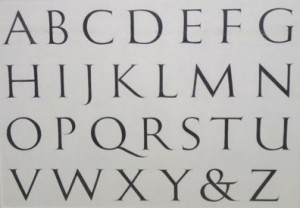A recent popular blog (http://reddotblog.com/artists-are-you-consistent-a-gallery-owners-perspective) shared the belief that artists need to understand the importance of consistency in order to increase the odds of securing gallery representation.
The range of responses doesn’t surprise me. Some view placing consistency over creativity the same as selling their artistic soul because it places the impetus of the creating outside of the artist. Quite bluntly, they don’t want anyone telling them what to create. (Quite frankly, I bristle when approached with, “I have a great project for you!)
Then there are those who feel the weight of the “should” and feel overwhelmed by the failure of expectation. (Been there, done that, and as a result have tried to ban “should” from my vocabulary.)
And, finally, there are those artists who understand the importance of consistency in the marketplace and how that plays in the partnerships that they develop in the venues they choose. (I have it to be a process that requires commitment, hard work, and patience.)
The word does raise the question: Is it simply an either-or proposition of selling versus selling out?
When I am faced with searching for a deeper understanding of a complex issue, I find myself turning to the foundation of the word and what that tells me about the intention of its use.
Consistency derives from a Latin word meaning to consist, to exist, to be, to hold together, to have a cohesiveness. The word can mean “having attained full growth” and “able to retain its identity.”
Consistency carries, then, the idea of compatibility, in effect, of being in harmony. To sing in harmony does not mean that all voices must sing the same note. Different sections of the choir sing differing notes that add depth and richness to the song. Similarly, the different pieces in a body of an artist’s work reflect the richness of the individual’s creativity and commitment to that creativity.
A call for consistency doesn’t mean lock-stepped making. It does mean knowing one’s strengths and having the commitment to express that. I call it knowing and owning your ground.
Stay tuned here for Part II…
[Note: Photo of original calligraphed Roman Letters Alphabet by James E. Kittredge. Hand-drawn, no template or ruler.]


Comments are closed, but trackbacks and pingbacks are open.